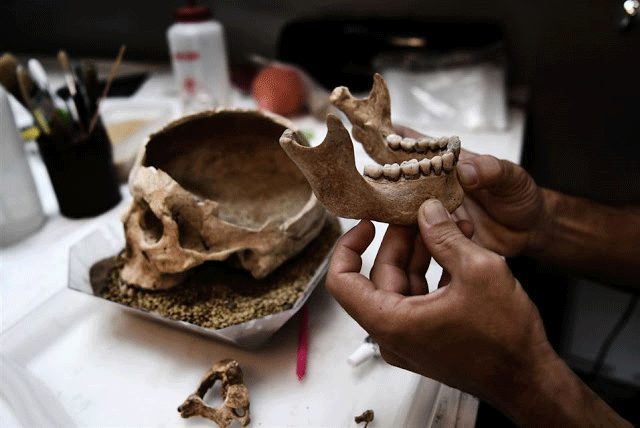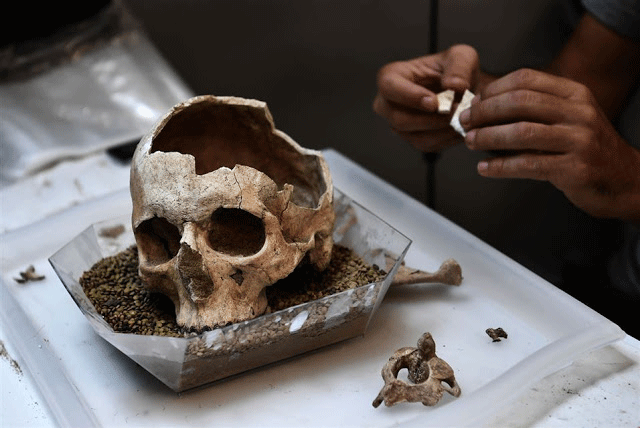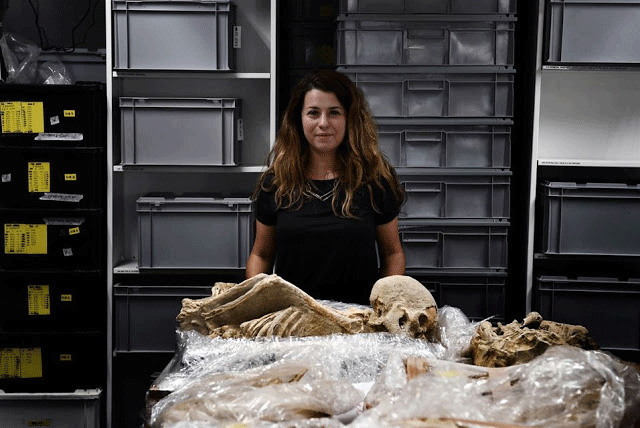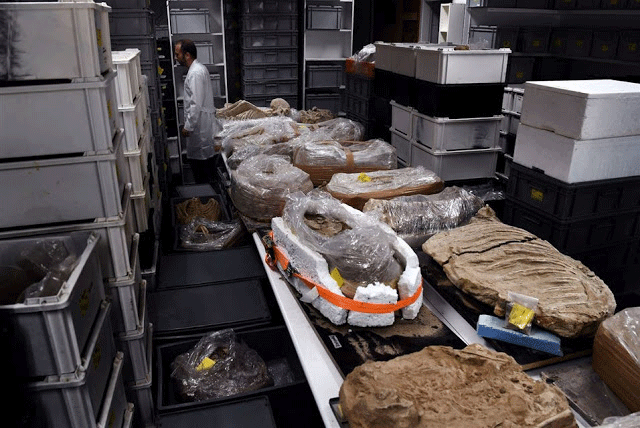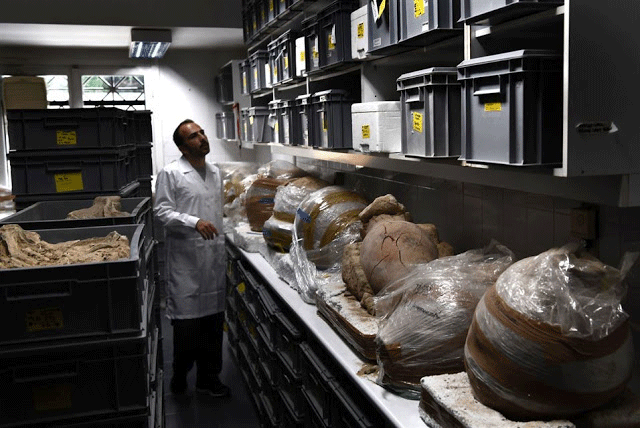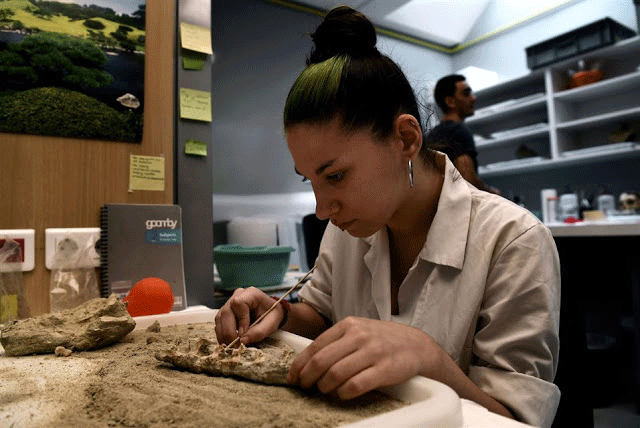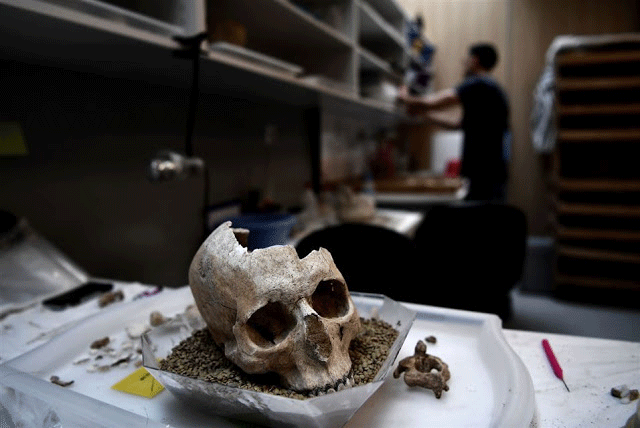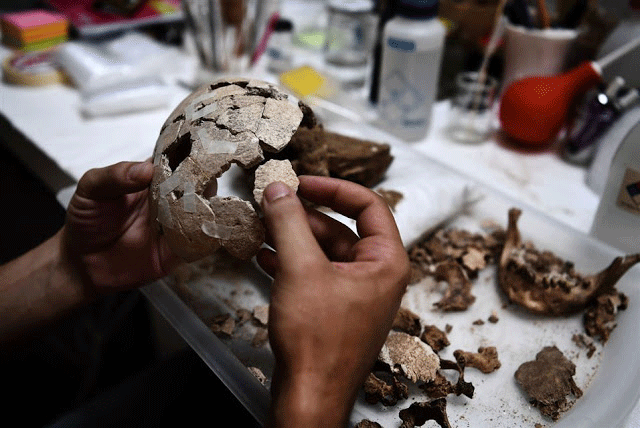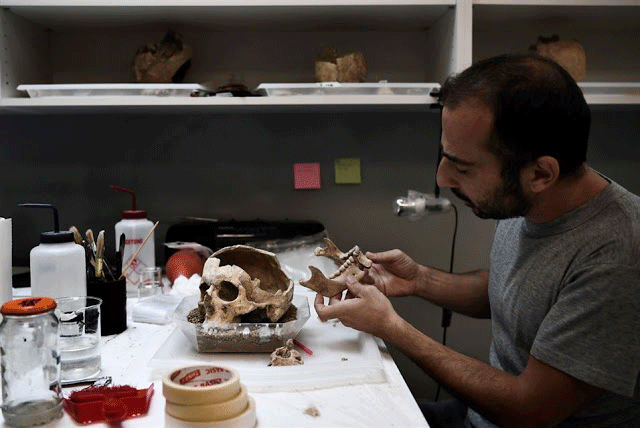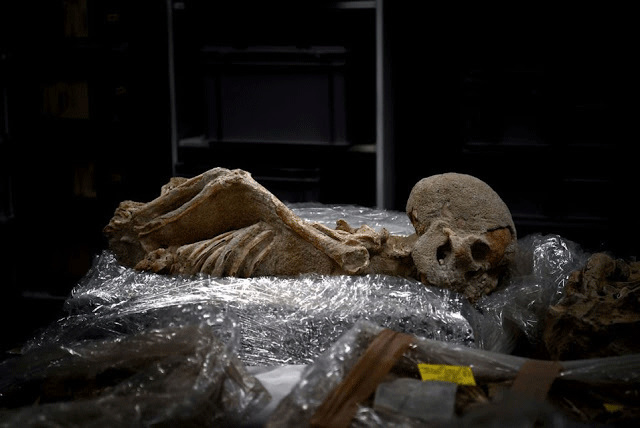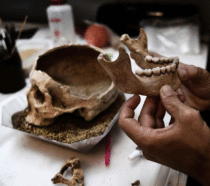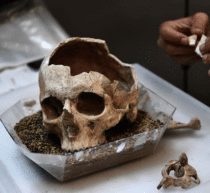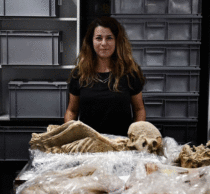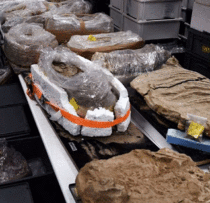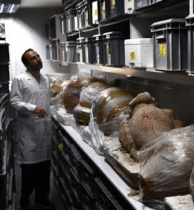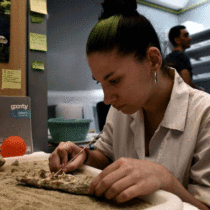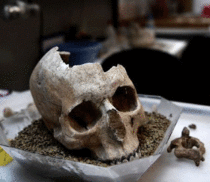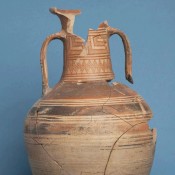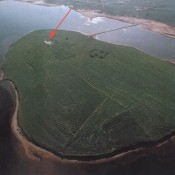Scientists use forensics to determine who were buried in the ancient mass grave discovered last year in Phaleron, Greece.
The grave contained the remains of 80 men, with their hands in iron chains, who died from blows to the head. At least 52 of them had their hands tied above their heads. The men probably died in a “political execution” but researchers hadn’t any clue as to who they were so far. Pieces of pottery found in the grave date the deaths to 675-650 BC.
Now, a new investigation by bioarchaeological scientists at the Malcolm H. Wiener Laboratory at the American School of Classical Studies in Athens attempts to decipher this puzzle, using forensic research methods.
It seems that the remains could have belonged to men from Cylon’s army. Cylon was an Athenian nobleman, the first recorded Olympic champion, who tried to take over the city of Athens more than 2,500 years ago. They were defeated and Cylon escaped. Many in his army, though, died during the attempt, and scientists suspect the mass grave contains their remains.
Malcolm H. Wiener Laboratory director and geoarchaeologist Panagiotis Karkanas is leading a team to try and find out if this is the case with the use of forensics techniques, such as gene, radiographic and isotopic analyses. Every skull and skeleton fragment will be examined.
This way researchers will be able to determine the age of the men, their relation origin, state of health at the time of death and socioeconomic status. The process is expected to last 5-7 years.
The mass grave was found at a site of an ancient cemetery measuring about 4,000 square metres and containing 1,500 skeletons some buried in open pits, others placed on funeral pyres and jars. All skeletons will be gradually taken to the Laboratory for study, as they can provide useful evidence as to the individuals’ lifestyle and diseases and clues as to ancient Athenian culture and history.
Out of the 80 skeletons in the mass grave 10 will be taken to the lab later this year. One of the skeletons, which was found with the arms twisted behind his back, has already been taken to the Laboratory. Thus researchers will define whether he was a prisoner of war, a criminal, or runaway slave.
